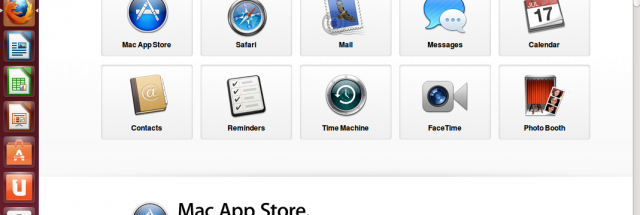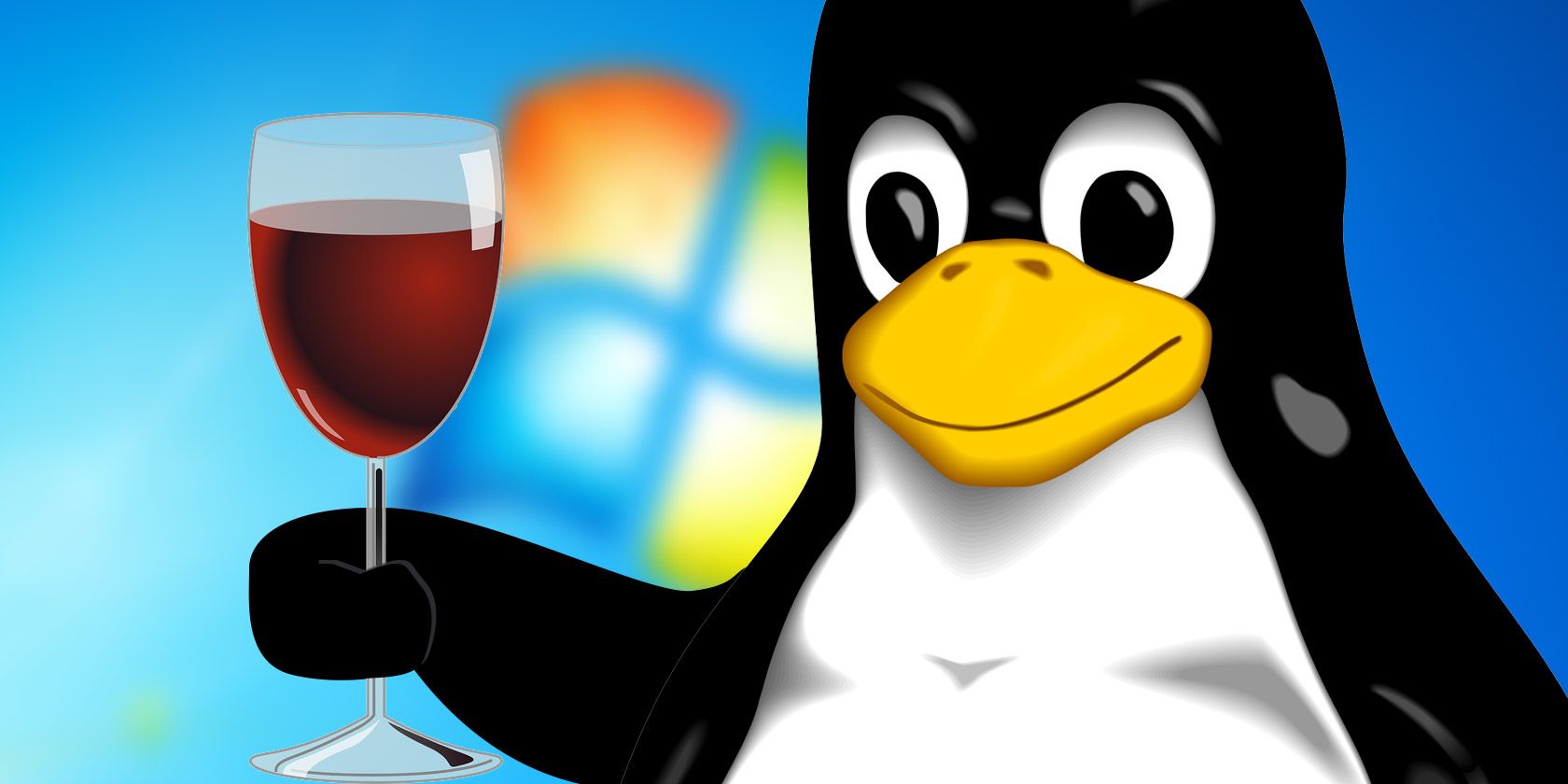


Program to run wine on mac install#
Now, if this is your first time using Wineskin, it will ask you to to install two packages. One is a “Mono” installer, which enables. We will call it Mari0, but its name is not important to the process, you may name it whatever you please. Click on “Create New Blank Wrapper.” It will launch a window asking you to name it. Now, it will continue to say “New Engines Available” but that is because it considers any engine you have not installed as “new,” so you needn’t worry about that. Click OK and after a few second/minutes (depending on your connection speed) you will see the newly installed engine in your Wineskin window. Click on it and you will be taken to an “Add Engine” window.įrom the drop-down list, select the latest version available and click “Download and Install.” This will pop up a new window in case you want to give it a custom name (you don’t have to). We need an engine before we get started. Under the “Installed Engines” window, there is a + sign. After starting the app, you will notice that there is a “New Engines Available” notification.

Program to run wine on mac update#
Now, it refuses to let you create content unless you have updated, so, if prompted, update to the latest version. The first step should be to have the game or app on hand, so we will call that step 0, so step one would be to download and install Wineskin (link at the bottom). They have a version native to OS X, but we will be using the Windows’ version just to show you how it’s done. We will be illustrating its use with the free to download game Mari0, by Stabyourself. It is a free to use app, very easy to manage. Wineskin is, in our experience, the most efficient wrapper, created specifically for OS X. Like Unix, Wine is an open-source program, so there are a lot of variants out there, some paid, mostly free, some difficult to sift through, some considerably easy. That is why Bootcamp is still a popular option. However, its efficacy is far from 100 percent. In some cases a wrapper is so efficient that developers just use it, instead of creating dedicated ports. Basically, a wrapper takes a Windows app and simulates the environment it needs inside a package that the host OS can understand.


 0 kommentar(er)
0 kommentar(er)
